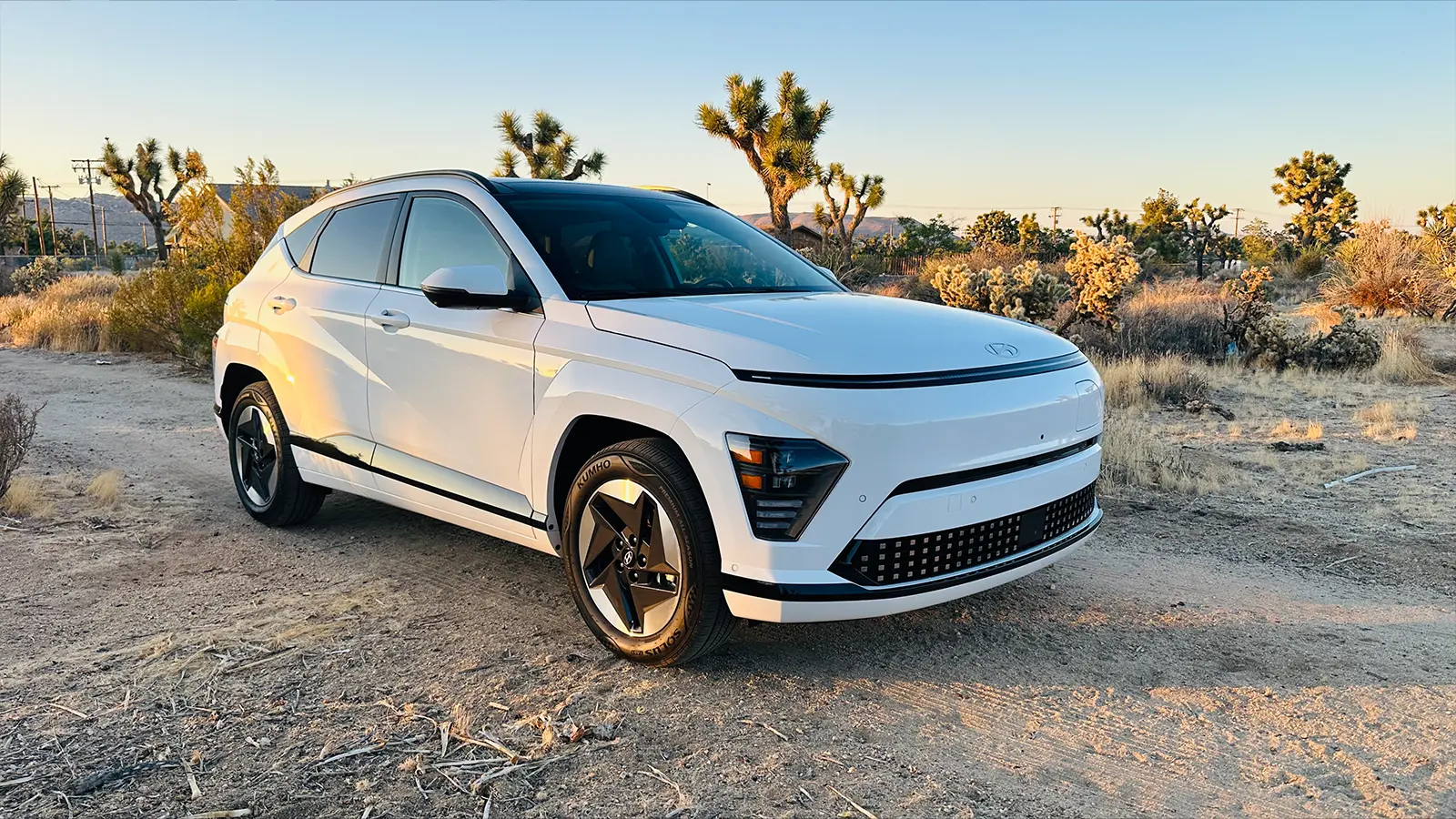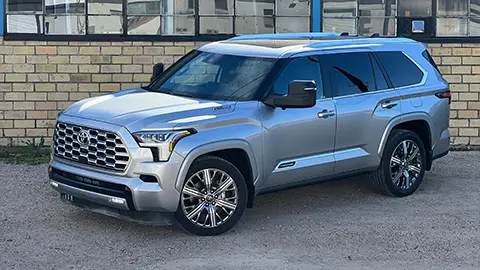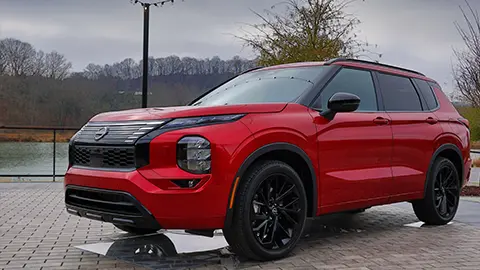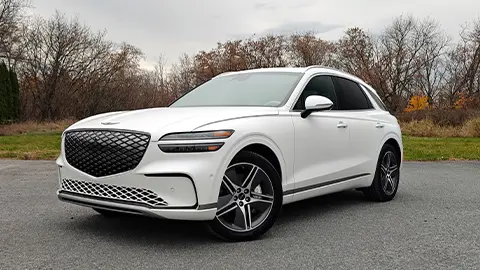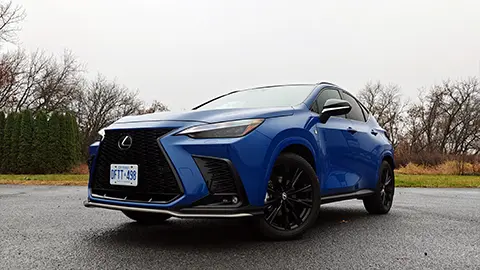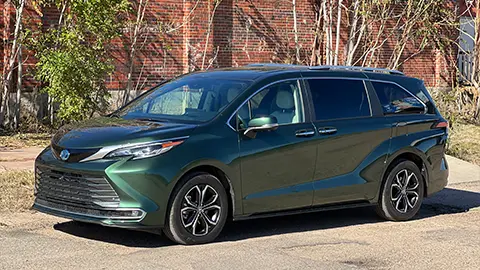2025 Hyundai Kona Electric Review: Price, Range, and Features
Fast Facts
🛣️ Range: 200–261 miles EPA estimated depending on battery size & trim
⚡ Charging: DC fast from 10–80% in ~40 mins; 10.8 kW onboard charger
🔋 Batteries: 48.6-kWh (133 hp) or 64.8-kWh (201 hp)
🔌 Vehicle-to-Load: Powers devices up to 1.7 kW
🎯 Pricing: Starts at $34,470 including destination
🚙 Cargo: 25.5 cu ft behind rear seats; 63.7 cu ft with seats folded

When it comes to buying a new car, everyone has their own checklist. Some folks are all-in on performance or tech features, while others are more focused on price. Of course, we'd all love the trifecta, but in the real world, something usually has to give.
The 2025 Hyundai Kona Electric is one of the most affordable electric vehicles on the market. It may not offer blistering acceleration or class-leading range and charging speeds, but it packs in an impressive amount of tech and safety features — especially at this price point.
Flexible Charging Options and Handy Capability
The Hyundai Kona is available in SE, SEL, the new-for-2025 N Line, and top-of-the-line Limited trims. The Kona EV is front-wheel drive only, but buyers have their choice of two battery options for up to 261 miles of range EPA estimated. The Kona won’t charge quite as fast as some EV brethren, but it can still go from 10 percent to 80 percent in around 40 minutes at a DC fast charger. The native CCS port is up front, but you can also snag a NACS adapter from Hyundai and tap into the Tesla Supercharger network as well. The Kona has a 10.8-kilowatt onboard charger, and it took me about five and a half hours to fill up at home.
If you’re new to high-speed public charging, our guide explains what to expect and how to get the most out of each stop: A Primer on Public DC Fast Charging.
The Kona just got a full redesign last year, so not much has changed for 2025 outside of the new trim. The N Line is a bit sporty, with unique front and rear fascias, black mirrors, a rear spoiler, and nifty 19-inch wheels. Just keep in mind, some of those styling changes affect range. The most you'll get here is 230 miles EPA estimated.
I love it when EVs can handle more than just driving. For 2025, Hyundai added vehicle-to-load capability for charging things like scooters or e-bikes. It can even run an appliance, should you need a TV for a tailgate party. The adapter is an extra $220 and can export 1.7 kW of juice; you'll never know when having an extra power source will come in handy.
Go Big or Go Home
The base SE Kona gets a 48.6-kilowatt-hour battery that lasts for 200 miles EPA estimated. That may seem modest by today's standards (and my own), but it's more than enough for daily commuting or weekend errands. Further, the motor on the front axle only produces 133 horsepower and 188 pound-feet of torque.
However, that setup is exclusive to the base model. The rest of the lineup, including my Limited tester, has more power and range. The larger 64.8-kWh battery produces 201 ponies, and driving range is between 230 miles and 261 miles EPA estimated, depending on which wheel configuration you choose.
Hyundai hasn’t published a zero-to-60 time, but Car and Driver tested it at 7 seconds. That's not the quickest EV you can buy, but that doesn't mean the Kona isn't enjoyable to drive. The ride is comfortable and easy, and the steering is light and responsive. With its quiet cabin, the Kona just might be your dream commuter car. It handles well enough in the turns, and the torque is always there when you want it. It might not be a corner carver, but it handles great in the city, where agility is key.
If you want to gamify your commute, turn the brake regen to maximum for one-pedal fun. There are different levels of regen, but why waste free electrons? It’s always entertaining to see just how much range you can add back on your commute. I managed to add 3 or 4 miles over a 14-mile stretch of my drive to work, thumbing my nose at the gas station as I did so. It’s the little things.
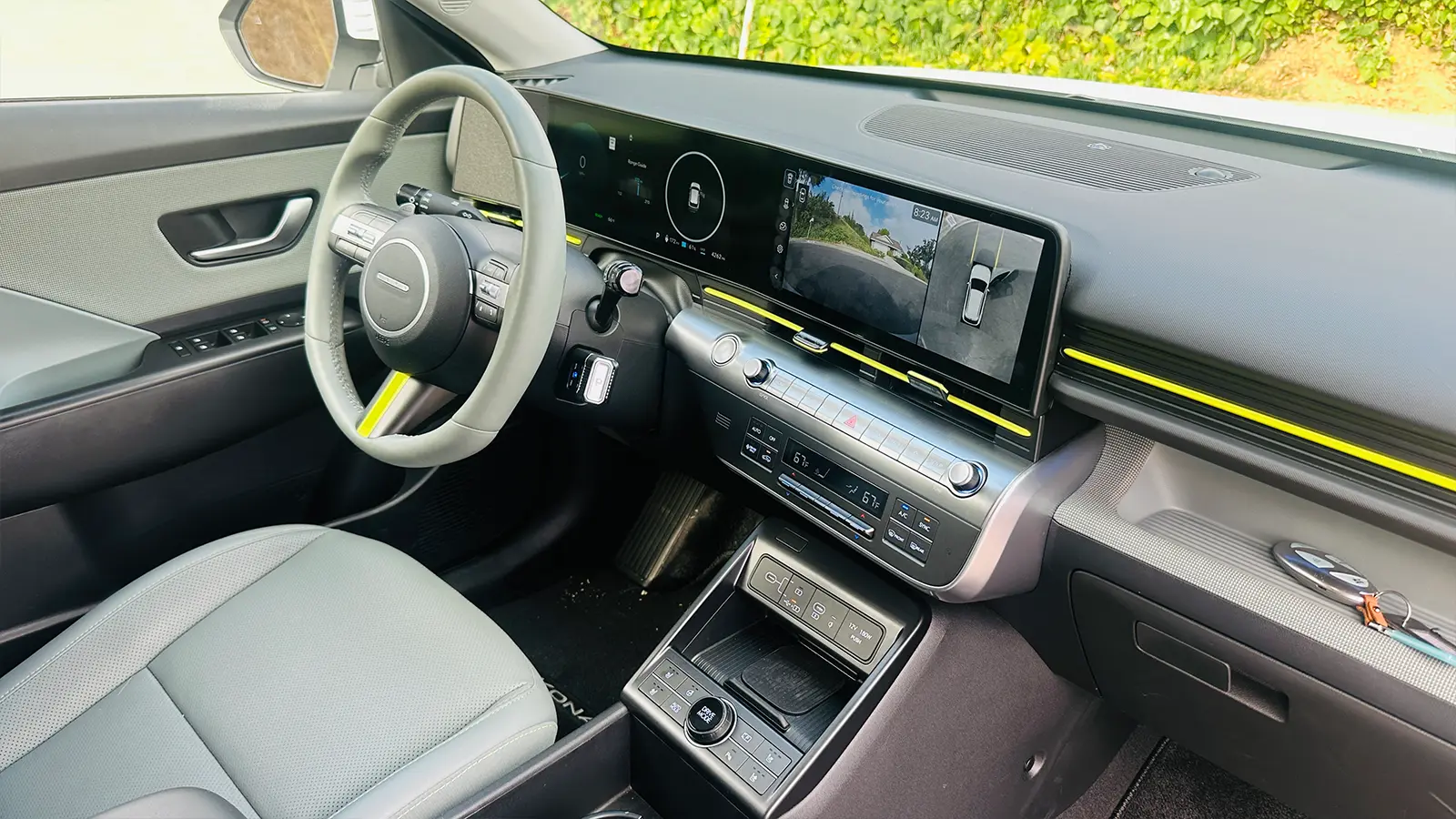
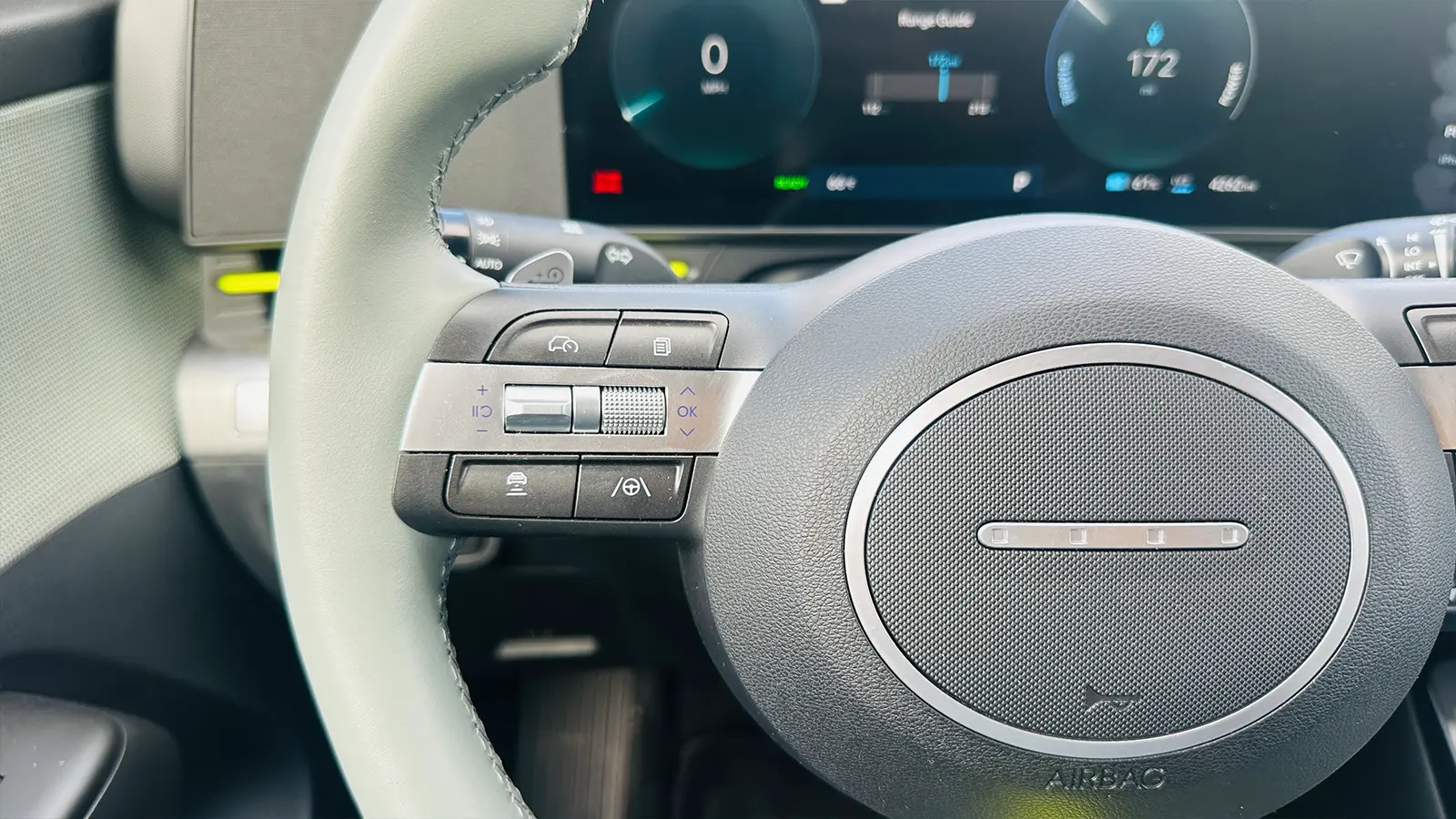
All Hail the Mighty Cup Holder
The Kona’s interior has some cool design features. I love the shelf built into the passenger’s side of the dash; it was a perfect place for my phone and wallet. I also like that Hyundai took some time with the design of the cupholders. At the press of a button, they disappear, allowing for more open space in the center console. If you need them to hold your Slurpee, just press a button and the rings spring back into place. I dig it.
The top Limited trim gets all the premium stuff like heated and ventilated front seats, a heated steering wheel, and an upgraded sound system, but even the base model comes with a 12.3-inch digital gauge cluster and matching touchscreen. The native system is pretty easy to use with clear graphics and quick response times, and wireless Apple CarPlay and Android Auto are both available if you want to play in your smartphone ecosystem. You might want to stay in the native navigation system, though. On one long drive, it gave me the option of a fast or economical route and showed charging options along the way.
Speaking of longer drives, having the standard Highway Drive Assist was a pleasure. By combining adaptive cruise control and lane-keeping assist, it really took some of the stress out of my longer trip, especially when I hit stop-and-go traffic.
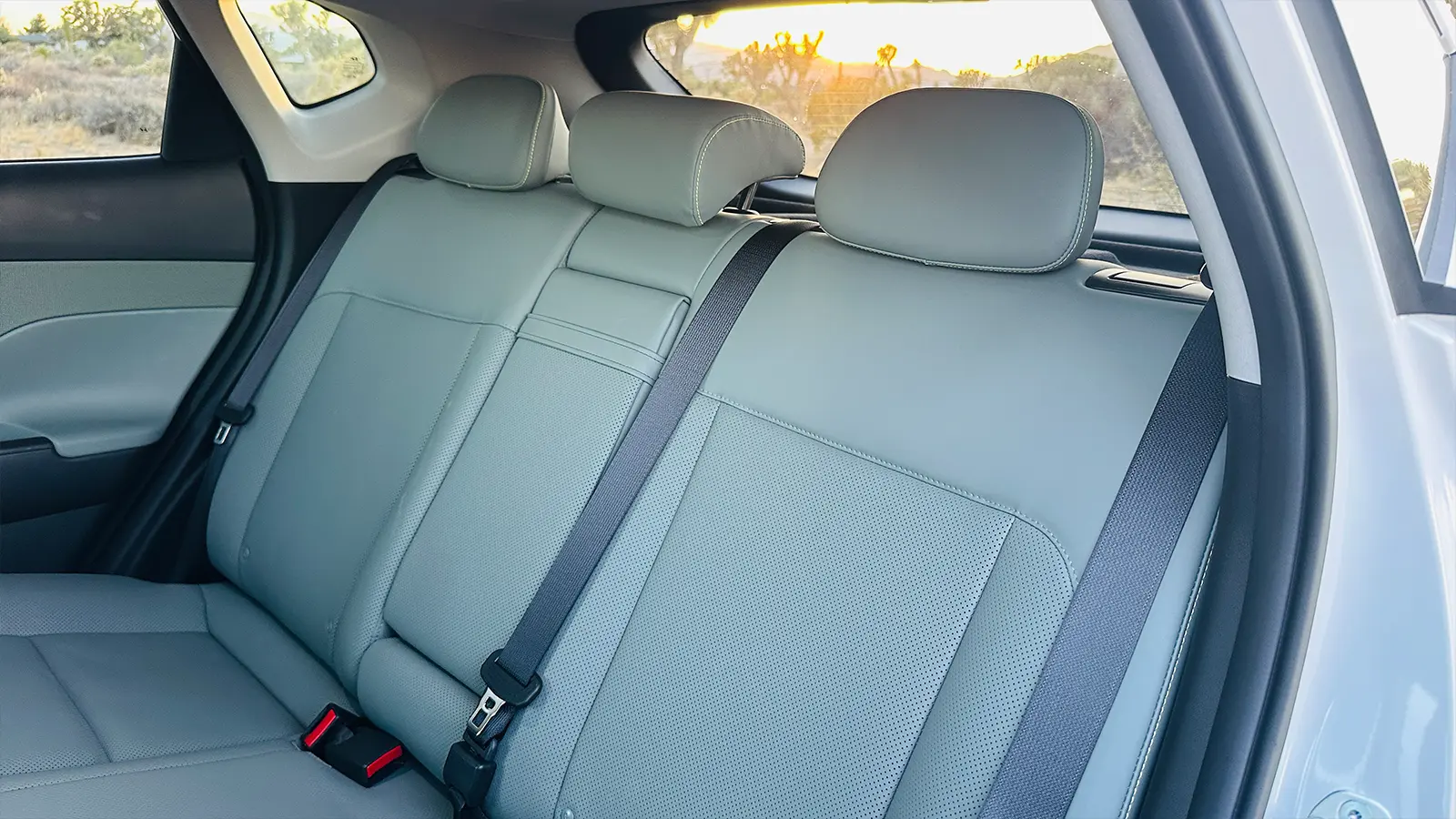
My top-trim tester also had the cool Blind-Spot View Monitor that displays a live video of the car’s blind spot right in the gauge cluster. The Limited also gets a 360-degree camera and parking alert. And if some jerk is parked too close to you and there isn’t any room to open the door, Remote Smart Parking Assist allows you to pull the car in and out of a space with the keyfob, no driver needed.
You’ll get a frunk in the Kona EV, and it’s just big enough to carry the portable charging cables. Cargo capacity is average for the class, with 25.5 cubic feet behind the rear seats, expanding to 63.7 cubic feet when folded down. Look to the Ford Mustang Mach-E or Volkswagen ID. 4 if you need more cargo space.
So, we have one last point to complete our trifecta. So far, we’ve got great features and decent performance. What about the price?
One of the Cheapest EVs Out There
Here’s where the rubber meets the road. The 2025 Hyundai Kona EV starts at just $34,470 MSRP, including $1,495 for delivery. That’s about $5,000 more than the starting price of a Nissan Leaf, but the Kona has more range and features.
You’ll save around $4,000 compared to a Ford Mustang Mach-E and a whopping $10,000 or so compared to the Mini Countryman EV, Volvo EX30, or Volkswagen ID4. Now, do you get a bit more driving pleasure from that competitive set? Frankly, yes. But for those who value smart pricing and want a competent commuter that runs on electrons, the Kona Electric is absolutely worth a look.
Of course, the base pricing doesn’t tell the whole story. While you could spend around $43,000 MSRP for a top-dog Limited trim, I think the SEL trim hits the sweet spot. It hurts losing the Blind-Spot View Monitor, but that’s a lazy gal’s feature, and you still get a ton of stuff that improves daily driving.
More Hyundai EV Insights & Guides
- 2024 Hyundai Ioniq 5: Range, Features & Pricing
Hyundai’s award-winning electric crossover blends style, range, and rapid charging.
Read More ➜ - Buying an Electric Car
Your step-by-step 101 guide to choosing the right EV, from range to incentives.
Read More ➜ - Electric Vehicle Range and How It Works
Understand the factors that affect range and how to get the most from your EV.
Read More ➜





